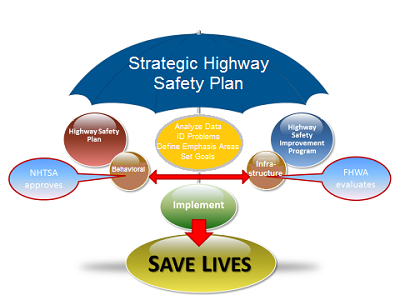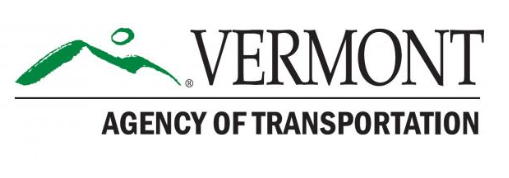
Check out our new Drive Well Vermont website!
Buckle Up, Vermont. You're worth every click.
Occupant protection refers to safety features, like seat belts, designed to protect occupants of motor vehicles in the event of a crash.
Why it Matters:
Wearing a seat belt is crucial to surviving a crash. Air bags are not enough to protect you—in fact, the force of an air bag can seriously injure or even kill you if you’re not buckled up properly. Seat belts save lives.
What Can You Do?
- Always buckle up!
- Improperly wearing a seat belt, such as putting the strap below your arm, puts adults and children at serious risk in the event of a crash.
- Fit matters. When you get into a vehicle, check to see that its seat belts are a good fit for you.
- Find out more about when a child is ready to use an adult seat belt and learn about seat belt safety during pregnancy.
To learn more, visit NHTSA.gov. For Drive Well Vermont materials, click here.

Grant Electronic Application and Reporting System (GEARS)
Click here to go to GEARS (for current subgrantees or agencies interested in applying for a grant with the SHSO).
Operations and Safety Bureau Data Dashboard
Click here to see current crash data from the OSB Data and Analysis Unit.
Our Mission Statement
Achieve progress “Toward Zero Deaths” by reducing the number of crashes, injuries, and fatalities on Vermont's roads and to provide highway safety data and fact-based analyses that will assist communities and safety advocates in implementing effective programs that will change high-risk driving behavior and increase safety on our streets and highways.
Where We Are Located
The Vermont State Highway Safety Office is located within the Agency of Transportation's Highway’s Division, Office of Operations and Safety Bureau, Dill Building, Unit A, 2178 Airport Road, Barre, VT 05641.

What We Do
The Vermont State Highway Safety Office (SHSO) awards federal highway safety grant funds to local, state and non-profit agencies for projects to improve highway safety and reduce deaths and serious injuries due to crashes. The SHSO is also involved with the Vermont Highway Safety Alliance (VHSA) which has allowed us to build upon a network of highway safety professionals, working in collaboration to increase highway safety through these federally funded programs.
The SHSO has an in-house staff of three Program Coordinators with specific subject matter areas of expertise, to include Occupant Protection, Distracted Driving, Impaired Driving, Law Enforcement (DUI and OP Enforcement) and Education Outreach programs. The staff of the SHSO manages state highway safety grant funds by providing guidance, oversight and monitoring for our partners.
The programs administered through the SHSO are federally funded through the National Highway Traffic Safety Administration (NHTSA). Our programs are defined and approved each year in the SHSO Highway Safety Plan (HSP) and align with the State’s Strategic Highway Safety Plan (SHSP). Through these plans, we analyze data, identify problems, define emphasis areas, and set goals in order to administer funds to programs in a responsible manner in accordance with federal guidelines.

The Vermont State Highway Safety Office programs are designed to educate drivers, passengers, pedestrians, bicyclists and motorcyclists about highway safety. Our programs employ the use of countermeasures that focus primarily on the modification of driver’s behavior and attitude.


